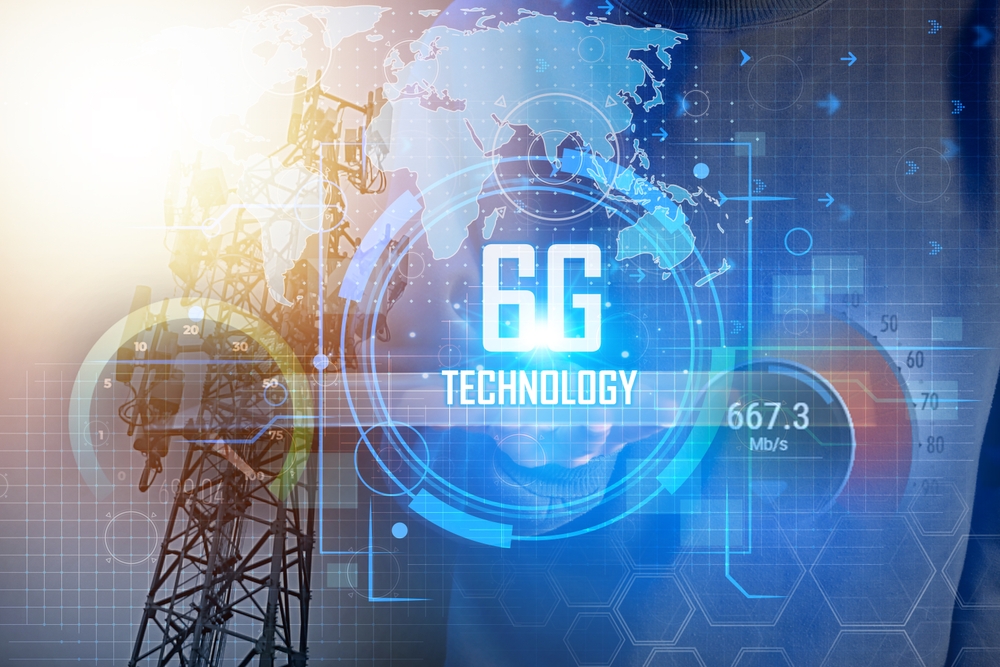Europe is taking bold steps to lead the next generation of wireless technology as the world becomes increasingly dependent on fast, reliable and intelligent connectivity: 6G.
With its commercial deployment targeted for 2030, the European Union is strategically investing in research, infrastructure and policies to ensure that it not only keeps pace with its global competitors, but also defines global standards for the future. The journey to 6G is already on track, with a continent’s unified vision for digital leadership and innovation.
Through strategic initiatives such as Smart Networks and Services Joint Unventaking (SNS JU) and the SNS Co-Op Project, Europe is aligning innovation, policies and industries to drive next-generation connectivity. These efforts not only aim to accelerate technology breakthroughs, but also to ensure 6G meets real-world needs in sectors such as healthcare, energy and mobility.
Why 6G is a game changer
6G stands as the next frontier in mobile communications, and promises a technological leap beyond what 5G currently offers. It is expected to offer ultra-high data rates in a potentially few hundred gigabit range, and 6G unlocks the possibility that it once was the realm of science fiction.
What sets 6G technology apart is its fully merged vision of the world of cyberphysics. This means that devices and sensors not only communicate, but also interact intelligently with the environment in real time. From fully autonomous vehicles and holographic communications to brain computer interfaces and immersive mixed reality experiences, 6G aims to redefine how humans engage with technology.
Additionally, 6G is designed with sustainability in mind. Future networks will support a green, resilient digital economy, much more energy-efficient and environmentally conscious, and to align with broader EU goals.
Strategic Roadmap for Europe’s 6G
Europe’s commitment to 6G technology is both foresight and structure. In January 2025, the SNS Cooperative Project was launched and led the coordination of 79 individual research projects under the SNS JU. The initiative aims to promote public and private sector collaboration, including industry giants, small businesses, research institutions, and universities.
These projects are not theoretical, they focus on real applications. The trial is already planned in sectors such as smart energy grids, connected healthcare systems, and next-generation industrial automation. The goal is to verify the capabilities, reliability and scalability of new 6G technology in a practical environment according to commercial deployments.
Meanwhile, the EU is working to complete the digital single market to enable future 6G networks to be deployed seamlessly across borders, increasing its cross-European innovation and service delivery.
Promote innovation through social media JU
Smart Networks and Services Joint Taking (SNS JU) plays a key role in aligning 6G development with European strategic goals. Social Media Ju is jointly funded by the European Commission and industry, focusing on developing cutting-edge experimental infrastructures and promoting large-scale testing. These efforts will help ensure that emerging technologies meet the demand for social connectivity tomorrow.
Social Media Ju will go beyond funding to promote the overall innovation ecosystem. By bringing together stakeholders from digital value chains such as telecom operators, high-tech developers, academia and regulators, the initiative ensures that Europe remains competitive in both technological advancement and regulatory foresight.
Enhance global collaboration for the general 6G future
Europe recognizes that 6G technical leadership cannot occur alone. To create a truly global and interoperable 6G ecosystem, the EU is actively involved with international partners, including the US, Japan, Korea and other global leaders in telecom innovation.
Major initiatives such as Hexa-X and 6G-Path lay the foundations for transatlantic and international cooperation. These projects promote integrity of technical standards, share research results, and support the development of interoperable frameworks. An open approach to collaboration in the EU is essential to ensuring 6G technology becomes a universally accessible and beneficial technology.
Will Europe achieve 6G by 2030?
All signs suggest that Europe is firmly on track to deliver 6G by 2030. The expected trials for 2028 and the standardization process already underway with 3GPP Release 19, the timeline is consistent with global expectations.
Strategic investment, coordinated policy efforts, and a proactive research agenda provide Europe with the tools needed to achieve this goal. As key players like Ericsson and Nokia contribute to architectural decision-making and commercialization strategies, the European 6G ecosystem is increasingly mature and interconnected.
Connected, intelligent future
Europe’s ambition to lead in 6G is more than just a faster network. It is to shape the technological backbone of a digitally empowered human-centric society. Through coordinated action, sector collaboration and global engagement, the EU is actively defining not only 6G preparations, but what connectivity will be for the next decade.
As research continues and trials expand, one thing becomes clear. 6G changes how we live, work and interact with the world. And Europe is going to be at the heart of that transformation.
Source link

